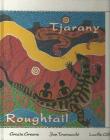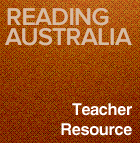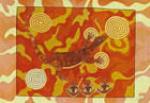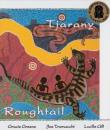 2209262015197388626.jpg
2209262015197388626.jpg
 Roughtail : The Dreaming of the Roughtail Lizard and Other Stories Told by the Kukatja
selected work
children's
Indigenous story
Roughtail : The Dreaming of the Roughtail Lizard and Other Stories Told by the Kukatja
selected work
children's
Indigenous story




